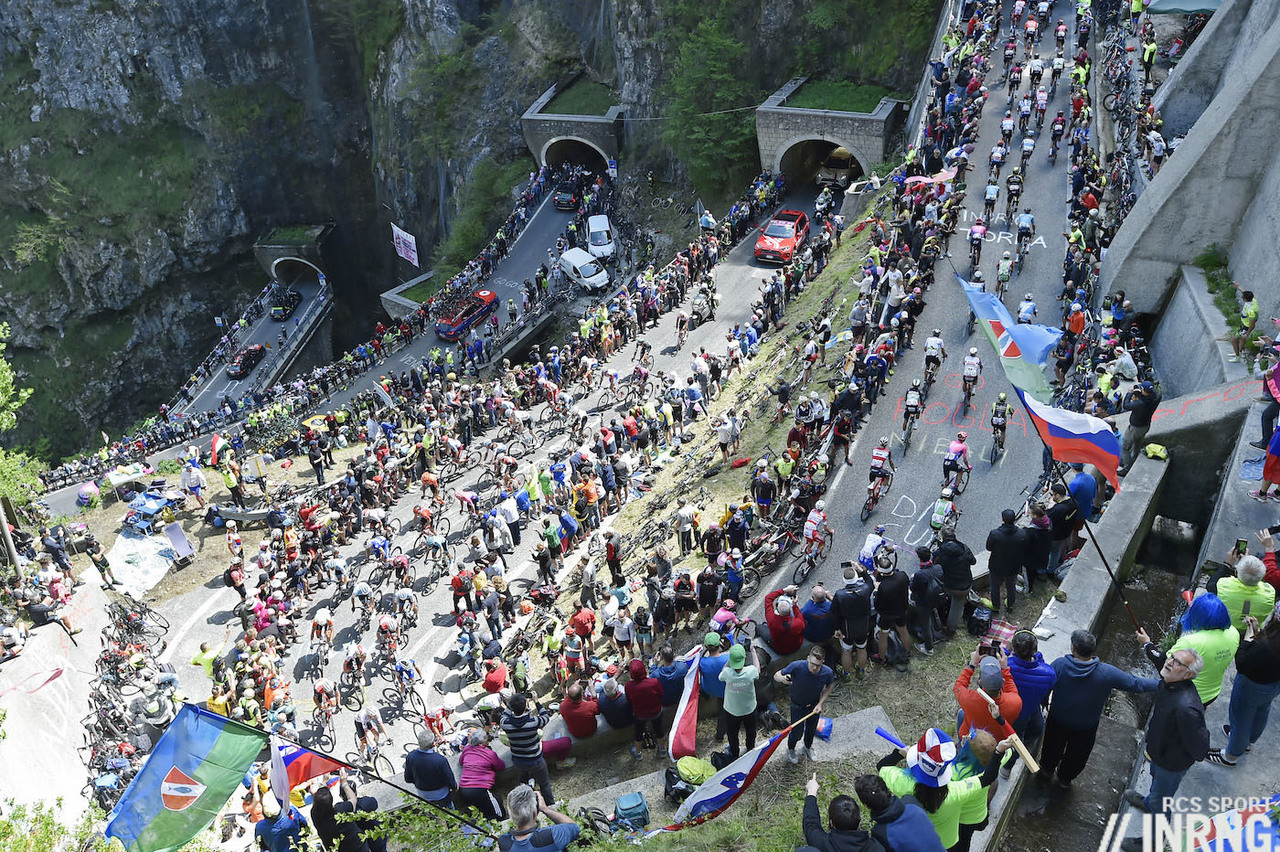Here’s a Giro d’Italia calendar for your phone or organiser with all stages listed along with a rating for their likely importance to the race or potential for action.
These calendars seem popular for each grand tour. This lists each stage, with the distance plus a stellar rating to indicate the strategic importance or likely entertainment.
If it’s not for you but you’re interested in watching one lesson is that every stage until the final weekend is expected to finish at 5.15pm CEST.
Here’s the URL to copy-paste for your diary:
https://calendar.google.com/calendar/ical/04b45705aefecbe2d33937940f9b647528c2f247ae33553aa904313380409e42%40group.calendar.google.com/public/basic.ics
iCal
An iCal is an .ics calendar file that you can store on your phone or electronic diary like Outlook or Calendar. There are several ways to get this on to your computer or phone.
If you want a guide about how to use this on various devices, see inrng.com/calendar for some tips.
- Alerts are turned off in the calendar settings by default but to be safe think about turning off the alarm in your calendar settings to avoid any nocturnal notifications
- Stages are listed with the forecast timings for the day, as a rule the forecast finish time is 5.15pm CEST every day except for the final weekend but of course this depends on the riders
If you want more info on the route, race rules and more, see inrng.com/giro.
If you like this and want one with every pro race for the whole 2025 season then go to inrng.com/calendar



Hi there,
Do you know what climb is in the title picture? It’s a spectacular photo, even by the standards of this website 🙂
Thanks
J
The Passo San Boldo.
From a previous blog post… It’s spectacular and fun today but has a grim history as it was built to supply the front in World War One in 1918 and labelled the “Road of 100 days” as locals were pressed into service to make the road, dynamiting the cliffs, breaking rocks and carrying away the rubble in as short a time as possible with shifts working around the clock. Locals? Given most men were fighting the war, the road was built by women, children, the elderly and any other spare hands like prisoners and even hospital patients were forced to toil for long hours. It took longer than 100 days but much of the work was done between January and March, a harsh time to work outdoors.
So interesting (and sad). Thank you very much for the background info.
Brilliant, thank you for this context. I love this website.